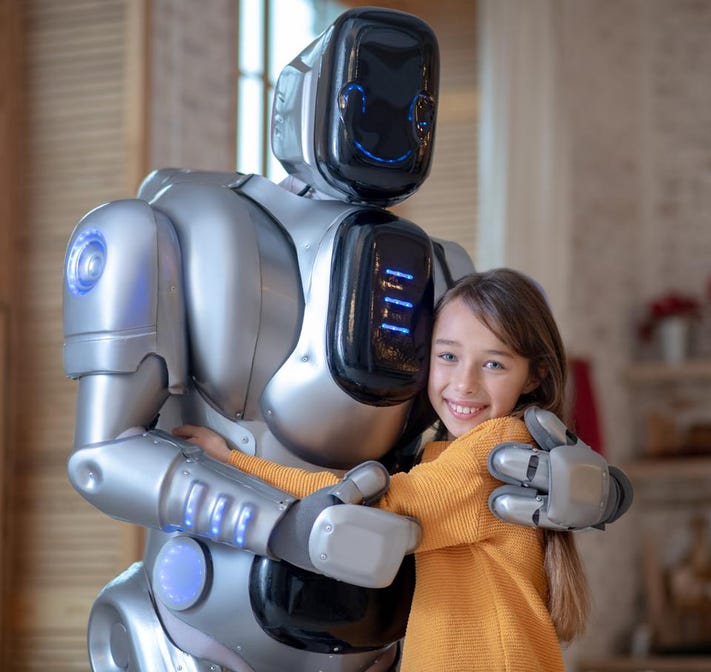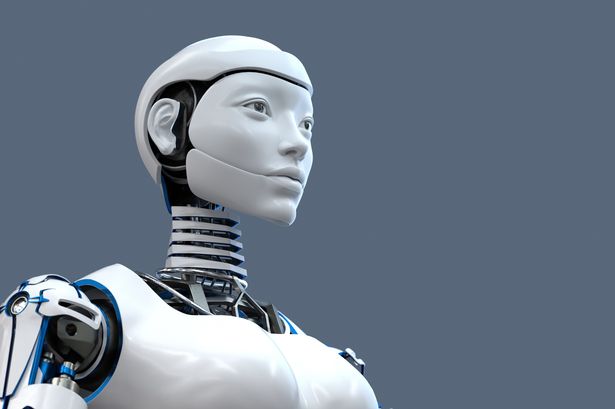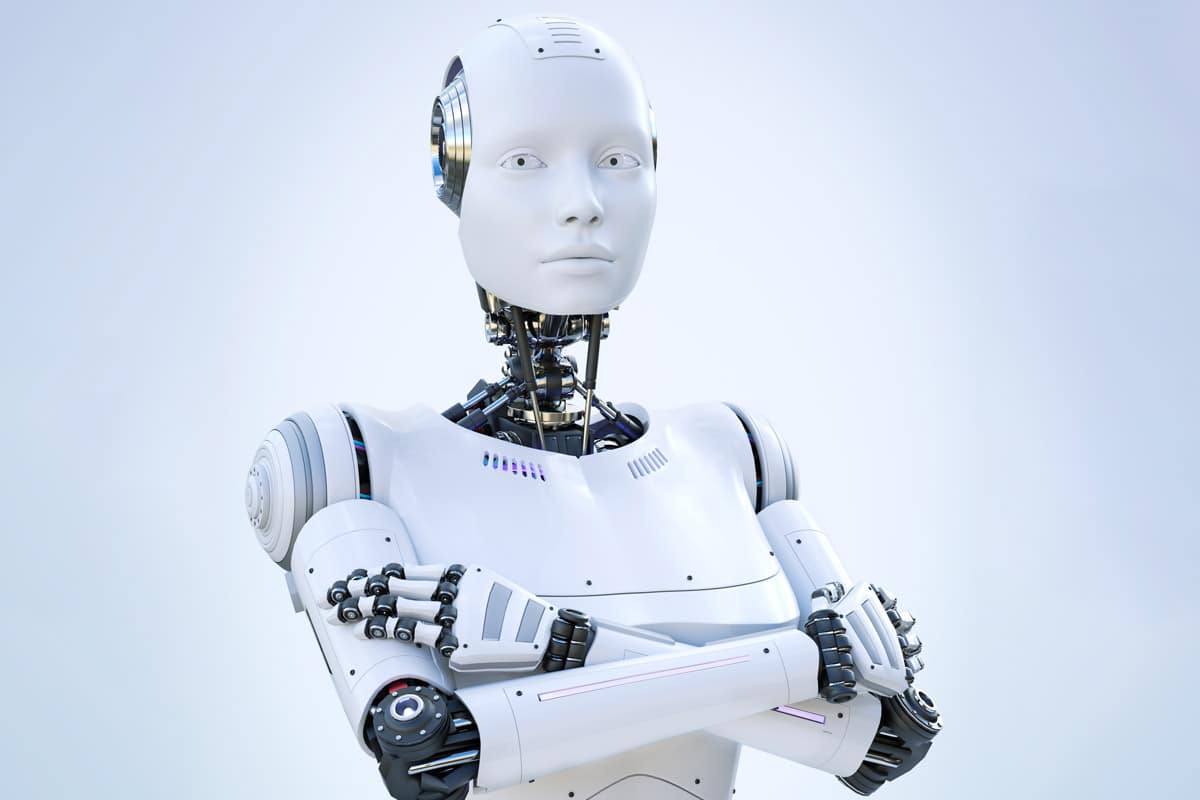
Pros and Cons of AI Babysitting: Ensuring Safety and Convenience for Busy Parents
The advent of artificial intelligence (AI) has revolutionized many industries, and childcare is no exception.
As parents struggle to balance work and family responsibilities, they are increasingly turning to AI-powered solutions to help manage their childcare duties. AI babysitting is a new technology that uses machine learning algorithms to watch over children and ensure their safety. However, like any new technology, there are both pros and cons to consider before embracing it. In this article, we will explore the benefits and drawbacks of using AI to babysit children.
What is AI Babysitting?

AI babysitting is a new technology that uses machine learning algorithms to watch over children and ensure their safety. It is designed to help busy parents manage their childcare duties by providing a digital babysitting solution. AI babysitting technology can monitor a child's movements, alerting parents if the child enters a potentially dangerous area, and detect if the child is in distress, such as if they are crying or screaming. Additionally, some AI babysitting systems can perform simple tasks, such as heating up a bottle of milk or playing a lullaby to help the child fall asleep. While the technology can offer convenience and peace of mind for parents, it also raises questions about privacy, security, and the potential impact on children's development.
Use Cases of AI Babysitting Technology
Cocoon Cam This AI babysitting system uses computer vision technology to monitor a child's breathing, temperature, and movements. It sends alerts to parents if the child stops breathing or if the temperature in the room is too high or low.
BlueSmart mia
This AI-powered baby bottle warmer can heat up a bottle of milk to the perfect temperature, eliminating the need for parents to guess or test the temperature manually.
Nanit Plus
This AI-powered baby monitor uses computer vision technology to provide real-time video and audio monitoring of the child. It also tracks sleep patterns and provides parents with personalized sleep coaching.
Pros of Using AI to Babysit Children

Enhanced Safety
One of the most significant advantages of AI babysitting technology is improved safety for children. The system can monitor the child's movements, alerting parents if the child enters a potentially dangerous area, such as a pool or staircase. The technology can also detect if the child is in distress, such as if they are crying or screaming, and alert parents immediately.
Convenience
Busy parents can use AI babysitting technology to keep an eye on their children while they are at work or running errands. They can check in on their child's well-being and see what they are up to in real-time. Additionally, some AI babysitting systems can even perform simple tasks, such as heating up a bottle of milk or playing a lullaby to help the child fall asleep.
Peace of Mind
For parents who worry about leaving their child with a babysitter, AI babysitting technology can provide peace of mind. The system can monitor the child's activities, and parents can view the footage remotely. This allows parents to check in on their child and ensure that everything is okay without physically being there.
Cons of Using AI to Babysit Children

Lack of Human Interaction
One significant drawback of AI babysitting technology is that it lacks human interaction. Children need human interaction and socialization for their development, and AI technology cannot provide that. While the system can monitor the child's activities, it cannot engage with them in the same way that a human caregiver can.
Dependence on Technology
Using AI to babysit children can create dependence on technology. Parents may rely too heavily on the system to monitor their child, leading to neglect of other important aspects of their upbringing, such as socialization and emotional development.
Privacy and Security Concerns
AI babysitting technology collects a significant amount of data about the child, including their movements, behaviors, and habits. This raises privacy and security concerns, as this data could potentially be accessed by unauthorized parties.
Conclusion
AI babysitting technology offers both advantages and disadvantages for busy parents. While it can improve the safety of children and provide convenience and peace of mind for parents, it can also lead to a lack of human interaction and dependence on technology. Additionally, privacy and security concerns must be addressed as these systems collect significant amounts of data about children. Ultimately, it is up to individual parents to weigh the pros and cons and decide whether AI babysitting technology is right for them or not.
Trending
-
1 Jocko Willink's Inspirational Life & Net Worth
Aaqil Ashraf -
2 How Art Shapes Culture and Reflects Human Experience
Luke Fitzpatrick -
3 Meet Felix Williams and Maria Arthuer: The Parents of World Class Winger Nico Williams
Felix Yim -
4 Kai Cenat's Dad and the Enduring Public Interest
Aaqil Ashraf -
5 London Tube Stations Closed as Workers Stage Strikes
Mihir Gadhvi





Comments